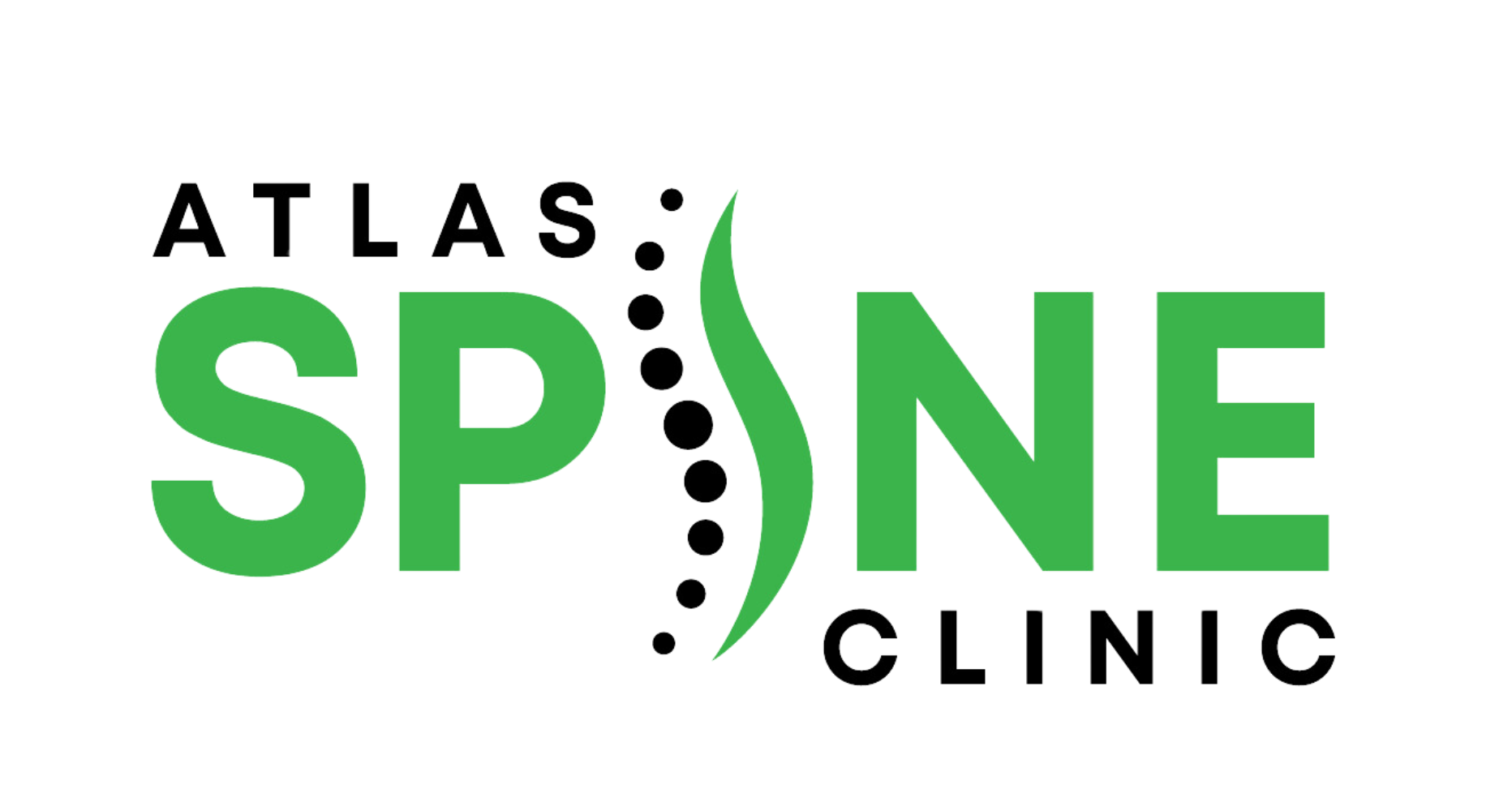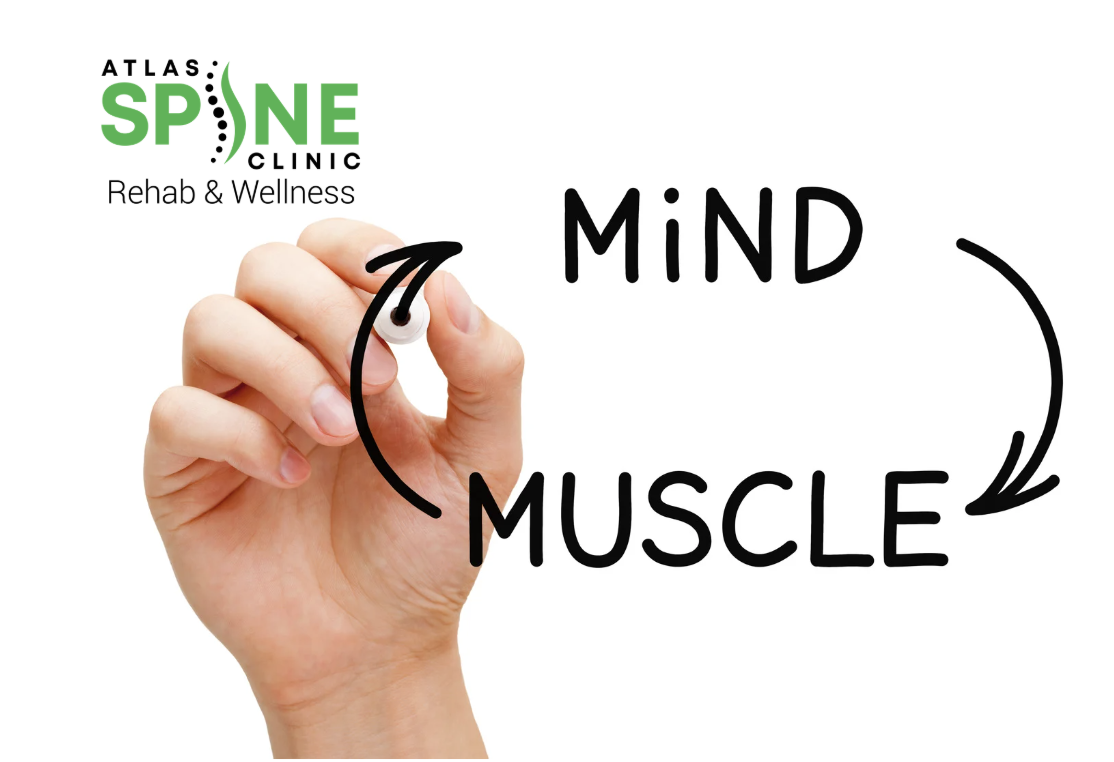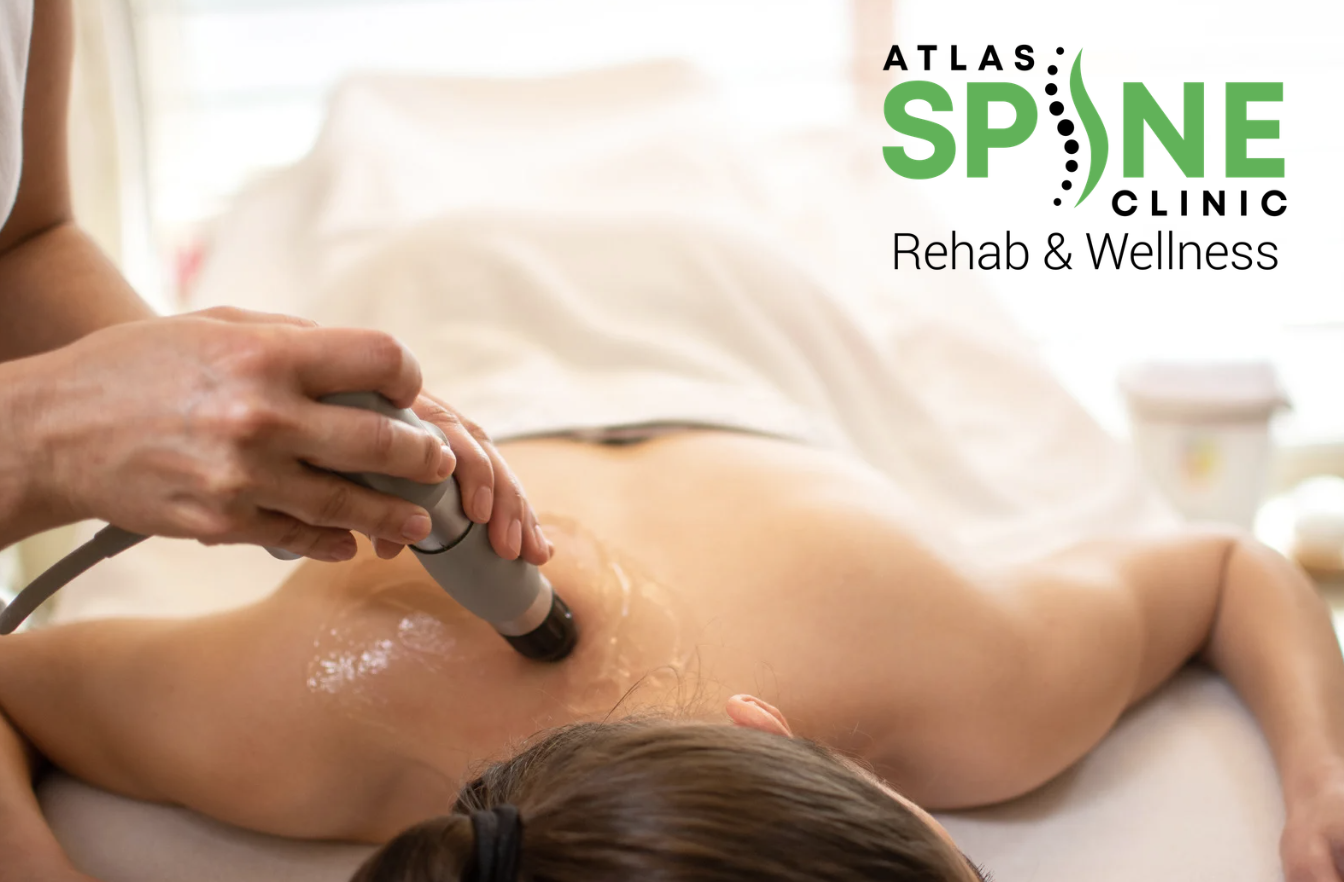Athletes push their bodies every day to enhance performance. But success isn’t just about practice, it’s about following the right process.
So, what happens when an injury disrupts your progress?
Osteopathic sports medicine offers a holistic solution for athletes looking to recover, prevent future injuries, and optimize their performance.
Curious to know how? Read on to find out.
What Is Sports Medicine?
Sports medicine is a specialized field of healthcare focused on preventing, diagnosing, and treating injuries related to physical activity and sports performance.
It combines expertise from various disciplines, including orthopedics, physiotherapy, osteopathy, and nutrition, to help athletes and active individuals recover from injuries, enhance performance, and maintain overall physical well-being.
Beyond injury management, sports medicine also plays a key role in optimizing biomechanics, improving endurance, and preventing future injuries through tailored exercise programs, rehabilitation techniques, and strength training.
Whether for professional athletes or fitness enthusiasts, sports medicine ensures a safe and effective approach to achieving peak physical performance and long-term health.
Common Sports Injuries And Preventative Care Techniques
Whether you are an expert athlete or just a beginner, sports injuries are inevitable in your life. These injuries can impact your performance and overall well-being. Here are some common sports injuries and their preventive techniques.
- Sprains and Strains
- Injury: Overstretching or tearing of ligaments (sprains) or muscles/tendons (strains).
- Prevention: Proper warm-ups, stretching, and strength training.
- Tendonitis
- Injury: Inflammation of tendons due to repetitive motion (e.g., tennis elbow, Achilles tendonitis).
- Prevention: Adequate rest, cross-training, and proper technique.
- Fractures
- Injury: Broken bones caused by impact or stress fractures from overuse.
- Prevention: Strength training, proper footwear, and gradual intensity increase.
- Dislocations
- Injury: Bones forced out of their normal position, commonly in shoulders and knees.
- Prevention: Strengthening stabilizing muscles and avoiding high-impact collisions.
- Shin Splints
- Injury: Pain along the shin bone due to excessive stress on the lower leg.
- Prevention: Proper footwear, stretching, and gradual intensity increase.
- Concussions
- Injury: Brain injury caused by a sudden impact or blow to the head.
- Prevention: Wearing protective gear, following safety rules, and strengthening neck muscles.
- Runner’s Knee (Patellofemoral Pain Syndrome)
- Injury: Pain around the kneecap due to overuse or misalignment.
- Prevention: Strengthening quadriceps, wearing supportive shoes, and proper running form.
General Preventative Care
- Warm-up & Cool-down: Essential for flexibility and circulation.
- Strength Training: Builds muscle support around joints.
- Hydration & Nutrition: Maintains muscle function and recovery.
- Rest & Recovery: Prevents overuse injuries and promotes healing.
- Proper Technique: Reduces strain on muscles and joints.
What Is The Role Of Osteopathy In Sports Medicine?
Osteopathy plays a crucial role in sports medicine by offering a holistic approach to injury prevention, recovery, and performance optimization. Unlike conventional treatments that focus solely on symptoms, osteopathic sports medicine addresses the root causes of musculoskeletal issues, enhancing mobility, flexibility, and overall body balance.
Through hands-on techniques such as soft tissue manipulation, joint mobilization, and myofascial release therapy, osteopathic sports medicine helps athletes recover faster from injuries, reduce muscle tension, and improve circulation leading to better endurance and reduced risk of future injuries.
Beyond injury management, osteopathic sports medicine is integral to peak performance. By ensuring proper alignment and musculoskeletal function, it helps athletes move more efficiently, preventing strain and fatigue.
Whether it’s treating common sports injuries like sprains, tendonitis, or back pain, or optimizing biomechanics for enhanced agility and strength, osteopathy provides a natural, non-invasive edge for athletes at all levels. Its emphasis on whole-body health makes it a valuable addition to any sports medicine strategy, promoting longevity and resilience in an athlete’s career.
What Are The Benefits Of Osteopathy For Athletes?
Osteopathic sports medicine offers numerous benefits for athletes, helping them maintain peak physical condition, recover from injuries, and enhance overall performance.
By focusing on the body’s natural ability to heal, osteopathic sports medicine provides a non-invasive and drug-free approach to managing pain, improving mobility, and preventing injuries.
Through techniques such as joint mobilization, soft tissue mobilization, and myofascial release, osteopathy ensures that an athlete’s body functions optimally, reducing strain and enhancing endurance.
One of the primary benefits of sports osteopathy for athletes is injury prevention. Misalignments, muscle imbalances, and restricted movement can lead to overuse injuries, strains, and chronic pain.
Osteopaths identify and correct these issues early, helping athletes avoid setbacks that could impact their training and performance.
Additionally, osteopathic manipulation therapy (OMT) care improves circulation, enhances lymphatic drainage, and reduces inflammation, allowing for faster recovery after intense workouts or competitions.
Beyond physical recovery, osteopathic sports medicine is a holistic sports medicine that plays a vital role in enhancing an athlete’s overall biomechanics.
Proper alignment and balanced muscle function enable more efficient movement, greater flexibility, and increased strength. This not only boosts performance but also minimizes the risk of repetitive stress injuries.
Many professional athletes incorporate osteopathy into their routines to maintain agility, increase resilience, and extend their competitive careers.
Osteopathy is more than just a treatment it’s a long-term investment in an athlete’s health and performance.
Whether it’s sports injury rehabilitation, preventing future issues, or improving movement efficiency, osteopathic sports medicine care provides a comprehensive and natural approach to keeping athletes strong, agile, and at the top of their game.
How To Improve Your Sporting Performance Today
Improving sporting performance isn’t just about training harder, it’s about training smarter.
Athletes at all levels can enhance their strength, endurance, and agility by incorporating targeted strategies into their routines.
From refining technique to optimizing recovery, small changes can lead to significant improvements in performance.
A key factor in boosting performance is proper conditioning. Strength training, flexibility exercises, and sport-specific drills help build muscle endurance and coordination.
Additionally, focusing on biomechanics and movement efficiency ensures that athletes exert less energy while maximizing output.
Regular mobility work, such as stretching and dynamic warm-ups, also plays a crucial role in preventing stiffness and reducing injury risk.
Nutrition and hydration are equally important. Fueling the body with balanced meals rich in protein, healthy fats, and complex carbohydrates enhances stamina and supports muscle recovery.
Staying hydrated before, during, and after training helps maintain endurance levels and prevents fatigue.
Rest and recovery should never be overlooked. Overtraining can lead to burnout and injuries, so athletes must prioritize sleep, active recovery sessions, and techniques like osteopathic sports medicine.
This manual therapy for athletes promotes healing and keeps the body in optimal alignment.
Mental conditioning, including visualization techniques and mindfulness, also contributes to better focus and confidence during competition.
By making these adjustments today athletes can achieve noticeable gains in their sporting performance.
Wrapping Up
Incorporating osteopathic care into your athletic routine can be transformative, enhancing performance, preventing injuries, and promoting overall well-being.
At Atlas Spine Clinic in Scarborough, we specialize in manual, visceral, and cranial osteopathy, offering personalized treatments tailored to your unique needs.
Our holistic approach addresses not just symptoms but the root causes of discomfort, ensuring optimal balance and health.
Whether you’re recovering from an injury or aiming to elevate your performance, our expert team is dedicated to supporting you every step of the way.
Experience the benefits of comprehensive osteopathic care at Atlas Spine Clinic and take the next step toward achieving your athletic goals.






